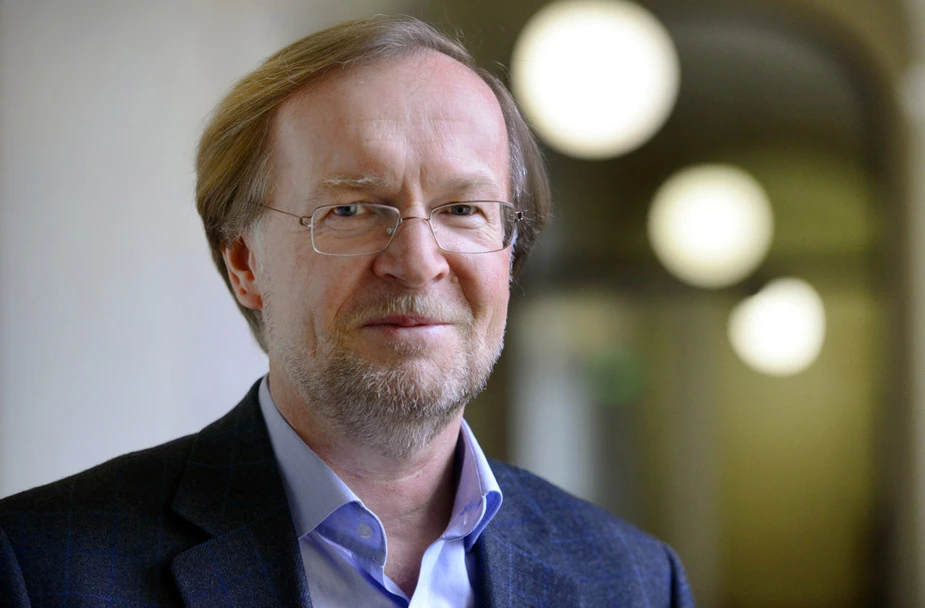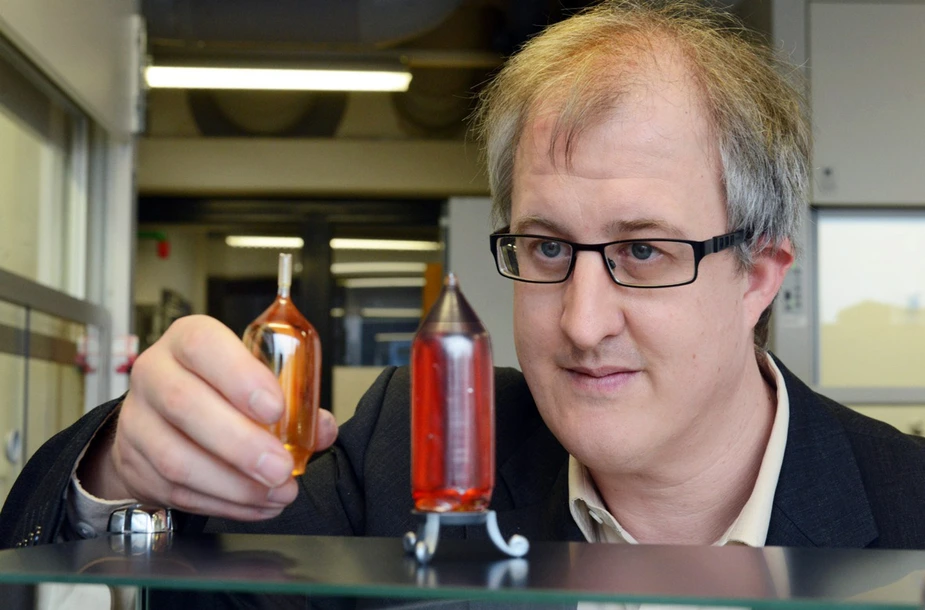The New Guys at IGAFA
The metrologist Gerhard Ulm and the materials scientist Matthias Bickermann bring fresh blood to the team
The IGAFA network was founded in Adlershof in 1992. It is the scientific association representing the Technology Park’s non-university research institutes. In January 2016 a metrologist and a materials scientist were voted on to the managing board. Their research expertise is a great asset to Adlershof.
A close-knit network of institutes from various fields, close contacts to technology-driven companies as well as geographical and scientific proximity to the natural sciences faculties of Humboldt-Universität are what make Adlershof attractive to people like Gerhard Ulm. The scientist with a PhD in physics is head of the Berlin branch of the Physikalisch-Technische Bundesanstalt (PTB) as well as its Department for Temperature and Synchrotron Radiation. The PTB is the German national institute for metrology - the art of measurement. It is located at the historical Berlin-Charlottenburg site and makes frequent use of the synchrotron radiation provided by its own electron storage ring, the “Metrology Light Source” (MLS), as well as the BESSY II in Adlershof. Its main focus is on radiometry (techniques for measuring electromagnetic radiation) that is used for calibrating detectors and radiation sources.
In cooperation with partners in industry and research the PTB also contributes to the development of extreme ultraviolet lithography and, for many years, has been working with the ESA European Space Agency. “Many of the PTB’s measurement facilities are unique and required to work on the nano scale in metrology and spectrometry,” says Ulm. The 62-year-old scientist has been working at large-scale research facilities including the GSI Helmholtz Centre for Heavy Ion Research in Darmstadt and CERN in Geneva.
He was voted on the managing board of IGAFA in December 2015. Mathias Bickermann works for the Institute for Crystal Growth (IKZ) which is also an Adlershof-based non-university research institute. Moreover, the 43-year-old materials scientist has been professor for “Fundamentals and Methods of Crystal Growth” at the Technical University Berlin’s Department of Chemistry since 2011. His team is especially interested in oxides and nitrides for use as substrates in semiconductor device fabrication. These thin substrates, found in electronic components, are usually made of silicium. However, the researchers at IKZ expect better results from crystals made from the semiconductor aluminium nitride. They are needed to produce UV light diodes and lasers which are used, for example, to sanitise water and to treat skin diseases. The technology is currently being tested in the US and Japan, says Bickermann, but they are still not efficient enough and the machines too expensive. Oxides with perovskite structure promise interesting applications.
Ferroelectric memory components, that are low-energy and significantly more durable, can be produced by removing the so-called compressive oxide layers. The IKZ is developing suitable crystals and layers for these so-called FeRAMs, says materials researcher Bickermann, who became a member of the managing board of IGAFA last December. Prof. Ulrich Panne, president of the BAM Federal Institute for Materials Research and Testing, was confirmed as the speaker of the association that currently consists of ten non-university research institutions. His deputy Prof. Norbert Esser from the Leibniz-Institute for Analytical Sciences (ISAS) will continue acting as treasurer. One of Bickermann’s goals on the job at IGAFA is “to improve the visibility of non-university institutions.” This will be facilitated by activities such as dissertation awards, colloquiums, and public events. After all, a large portion of research in Adlershof is done by these institutes which also benefits basic research at universities as well as application in industry.
By Paul Janositz for Adlershof Journal

